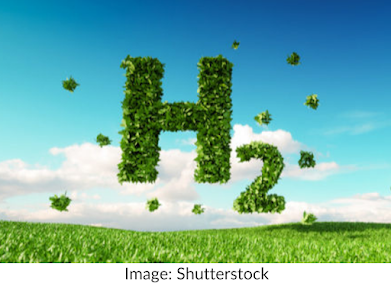Humidity In D.C: Implications and Experiences
Ever wonder why the "feels like" temperature versus the actual temperature can sometimes differ a lot? Well, unsurprisingly, this is directly tied to climate change. As temperatures around the world climb, the moisture content of the air increases. The effects have already been seen in the D.C. area, where humidity has steadily risen as climate change has been ramping up. The Washington Post reviewed humidity data from four different sites, each with unique characteristics. Though recorded temperatures at these sites varied, a consistent trend was observed; humidity is accelerating, with some areas seeing up to a 10% increase since the 1970s. High humidity factors into the "feels like" temperature, which is often higher than the recorded temperature; it creates that unpleasant sensation as if you were wrapped in a hot, moist blanket of air.
Already high temperatures, coupled with high humidity, will continue to make summers in the D.C. area more unbearable. And while these changes will touch everyone living in the region, even animals, vulnerable low-income populations and older adults who may not be able to afford air conditioning will be the hardest hit. These populations will be more at risk of heat stress: a condition where the body cannot cool down and rid itself of excess heat can have severe consequences from feeling dizzy and tired to fainting to death. Apart from direct health effects, the higher moisture content in the air creates optimal conditions for intense hurricanes to form so the area is becoming increasingly at risk for hurricanes and other extreme weather events. Increasing temperatures and higher humidity will impact a wide range of sectors, such as health, with increased events of heat strokes as mentioned previously, and the spread of mosquitos that can transmit diseases not seen in the area before, and the building and construction sector.
One summer day (before COVID), my middle school's entire air conditioning system stopped working. The windows could not open much, so with practically no ventilation, the air in the building with about 1500 students and teachers inside became a thick warm soup. The conditions for that one day simulated the reality that we may soon be experiencing in the D.C. area, one that nobody would want to live in. They come at an economical cost, too; according to the IPCC, "the increases in temperature and precipitation will lead to increased humidity as well as indoor temperatures. This requires increased airflow in facilities such as hospitals, schools, and office buildings—that is, upgrades to air conditioning and fan units, and perhaps further renovations that may be significant in scope and cost." If these impacts continue to get more intense with the lack of adequate ventilation in school, students like myself may lose concentration and have difficulty focusing on tasks. And summers will mean staying indoors instead of going out for a run or playing a sport because of the unbearable heat and the increased risk of heat stress.
While countries worldwide are contributing to the main driver of climate change - increasing greenhouse gas emissions - this issue is crucial for local governments to act on, as climate change has been affecting areas of the world in different ways. For example, while humidity is rising in the D.C. area, it is decreasing over in California, leading to more wildfires instances. Therefore, I see this as a combination of actions that national and local governments must take. In the example of my school, the local government could direct more funding towards the renovations necessary to increase airflow. However, to truly mitigate global warming, the world as a whole must reduce greenhouse gas emissions, but shifts in local areas are critical to achieving this. D.C. and other local governments in the region have pledged to adapt to climate change and to reduce emissions to do their part in slowing down global warming. D.C. requires 100% renewable energy by 2032, and Montgomery County aims to cut carbon emissions by 80% county-wide by 2027 but has made little progress so far. Even though these goals may sound transformative, many experts believe they are not nearly enough to address climate change.







Comments
Post a Comment